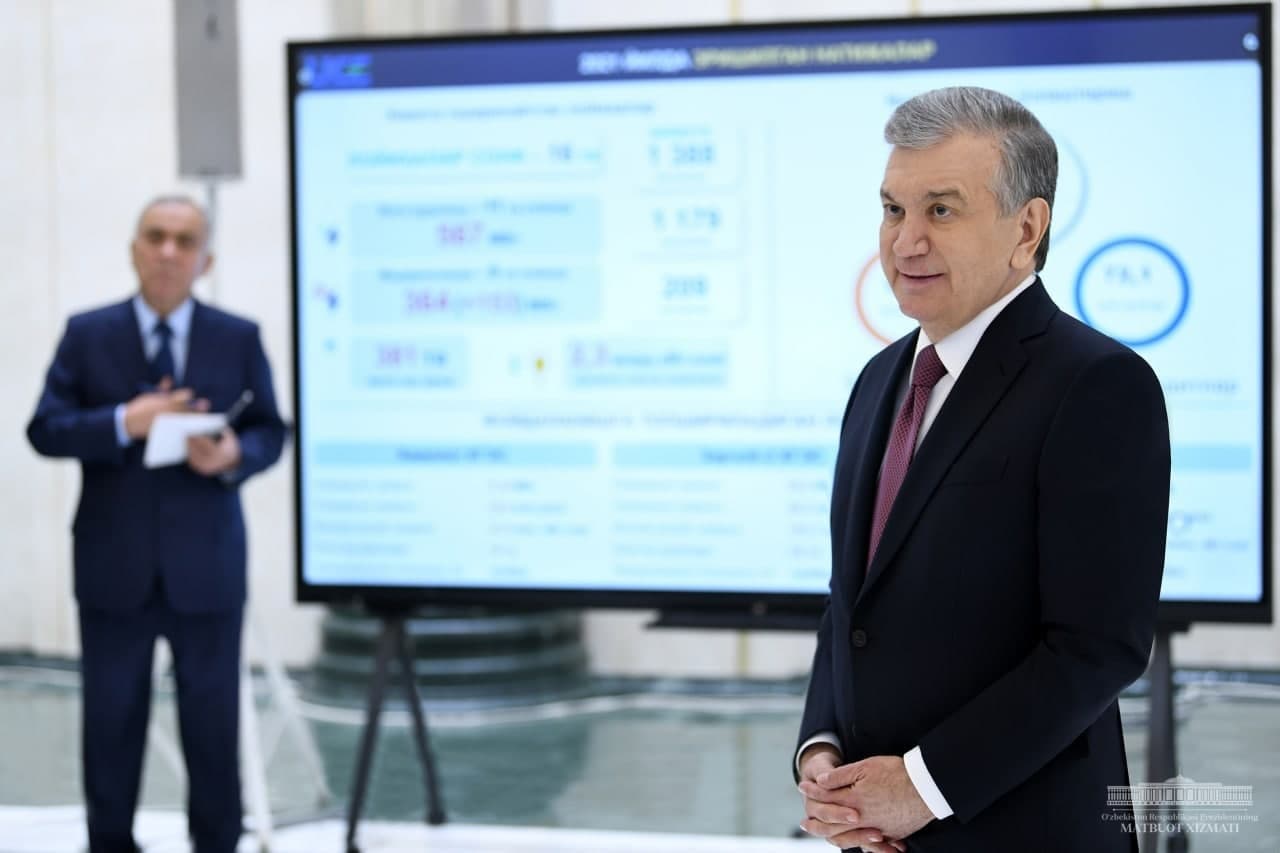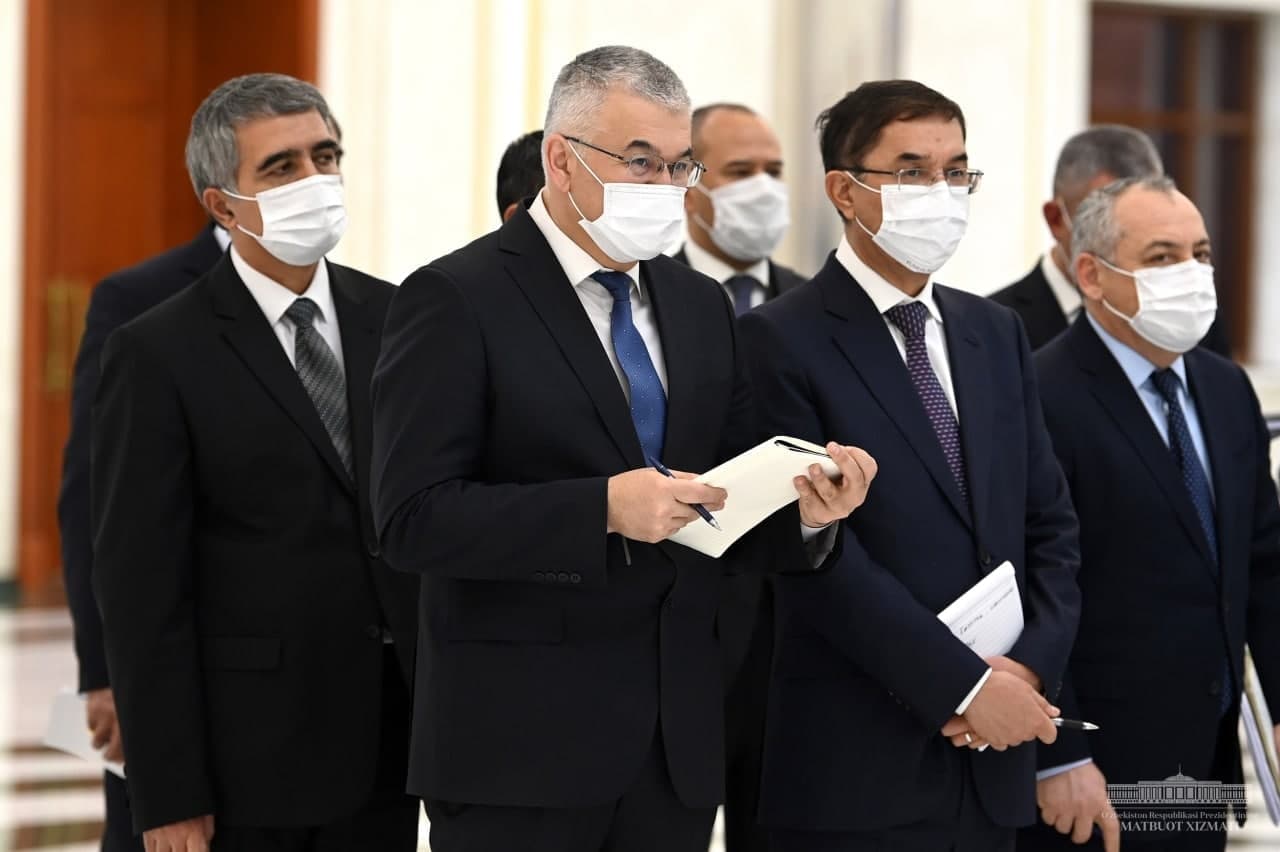
30.11.2021
On November 30, President Shavkat Mirziyoyev got acquainted with the presentation of projects in the hydropower sector.
The energy industry is actively developing in our country. In addition to power plants operating based on traditional raw materials such as oil and gas, facilities are also being built that generate electricity from renewable sources - the sun, wind and water.
In particular, in 2017 by the Presidential Decree the “Uzbekgidroenergo” Joint-Stock Company was established. Over the past period, 11 new hydroelectric power stations have been built and 8 have been modernized. As a result, additional power generating capacities of 244 MW have been created.
However, the hydropower potential of our country is only half used. In this regard, 21 major projects have been developed for the construction of power plants with a total capacity of 740 MW. In particular, next year it is envisioned to implement 7 projects with a total capacity of 170 MW, in 2023-2024 - 12 projects with a capacity of 150 MW, in 2025-2026 - 2 projects with a capacity of 420 MW.
During the presentation, the instructions were given on high-quality construction and ensuring the sustainable functioning of these structures.
The President has paid a special attention to the construction of small hydroelectric power plants that do not require the construction of dams, emphasizing the need to involve the private sector in this area.
To date, a list of 22 promising sites has been compiled, on which – based on a bid, it is set to build the mini-hydroelectric power stations with a capacity of up to 5 MW.
It was also indicated the possibility of installing compact hydropower plants with a capacity of up to 500 KW to supply electricity to villages located along rivers and canals, such as Naryn, Sokh, Tankhoz, Akbulak and Ugam. The list of such sites will be announced to the population and entrepreneurs. It was determined that the benefits and subsidies due to individuals and entrepreneurs for the installation of wind farms will also apply to small hydro plants.
The issue of training qualified specialists for the operation of hydraulic structures was also touched upon. It was noted that the higher educational institutions in the field of engineering, irrigation and architecture need to intensify work in this direction, create educational laboratories in construction and hydraulics.





